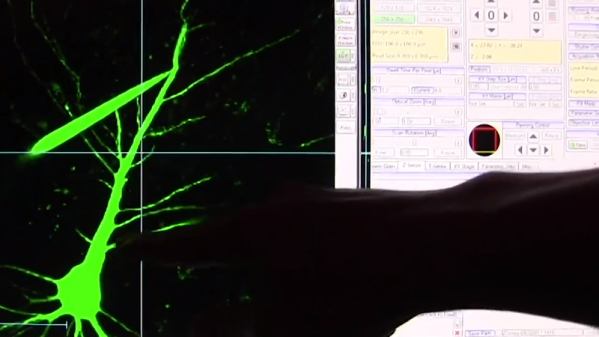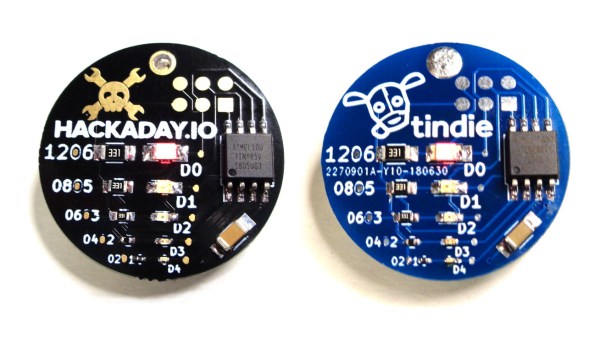You can tell a lot about a country, its history and its politics, by taking a look at its banknotes. Who features on them, or in the case of studiously engineered international compromises such as the Euro, who doesn’t feature on them. Residents of the UK have over the years been treated to a succession of historical worthies on their cash, and when a new revision of a banknote is announced you can be certain that the choice of famous person to adorn it will be front page news. Today we have a new banknote on the way, and this time the selection is squarely in Hackaday’s sphere of interest because the public is being urged to nominate a scientist for the honour. The note in question is the £50, the one that nobody uses and plenty of shops won’t even accept, but still, it’s an important choice that will replace the incumbents on the present version, steam engine pioneers Matthew Boulton and James Watt.
So, given a blank £50, who would you put on it? Candidates must be British, not fictional, and also no longer alive. Names in the frame include Ada, Countess Lovelace, Stephen Hawking, and Alan Turing, though with such a wide field to choose from there are sure to be many more front-runners. You might, for example, wish to consider Rosalind Franklin, but you can forget Isaac Newton, Charles Darwin, or Michael Faraday as they have all already featured on British banknotes.
Hackaday does not take sides in such endeavors, but it’s still an opportunity to back your most inspiring figure. As your scribe, it’s a tough one between Lovelace and Turing, though Turing probably wins by a short head. Who would you like to see on the next £50 note? The bank has produced a short promotional video which we’ve placed below the break.


















